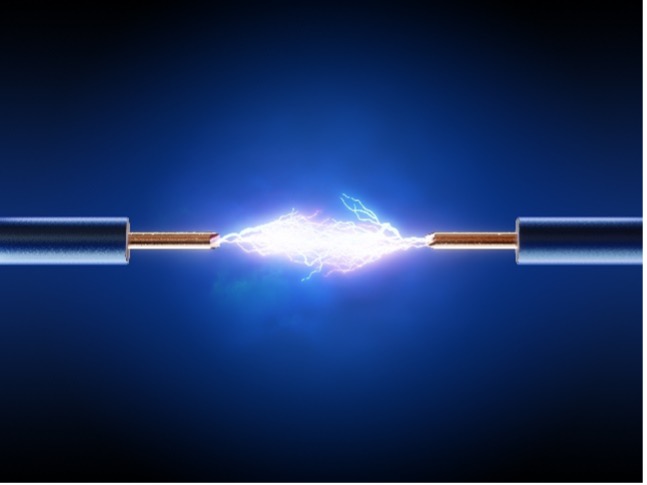Are you wondering what may make your panel unsafe or in need of replacement?
Your electrical panel is very similar to the engine in your car. It’s what drives the entire electrical system in your home. A car with a bad engine is never convenient or safe. Neither is a home with a bad panel.
Here are a few key signs your panel should be evaluated and potentially replaced:
- AGE. Over time panels and their components deteriorate through wear and tear, not to mention that technology and safety standards evolve. Most people do not think about the fact that panels have a much shorter lifespan than their home. A panel’s lifespan is typically 25 years or so. If your home was built in the 1990s or before, or your panel is otherwise reaching that age, it’s time to consider having it replaced.
- CONDITION. Some panels are in subpar condition due to factors such as improper modification or environmental deterioration. It’s possible wrong breakers have been installed or there has been double tapping of breakers, neutrals, or grounds. Electrical panels can also incur damage from things like a lightning strike or water leading to rusting.
- RECALLED, HAZARDOUS, or OBSOLETE PANELS. Another possibility is the panel has been recalled over time. These panels are electrical hazards due to the manufacturing of the panel. It’s taken a number of years for them to determine that there’s been failures because of the design. Notable examples of recalled panels include Zinsco, Sylvania, and Federal Pacific. These panels have shown that they have inherent hazards, and over time they have produced electrical fires and other hazardous situations. Even panels that have not been recalled can still be hazardous or obsolete. You should strongly consider having your panel evaluated and replaced if you have any of the following panels or breakers:
| Bryant | GTE | Sylvania |
| Bulldog | ITE | Wadsworth |
| Challenger | Murray | Westinghouse |
| General Switch | Pushmatic | Zinsco |
- Panel SIZE. Another factor, maybe your panel is not large enough, meaning there is insufficient room to install new circuits and/or there is not enough amperage coming into the home. Maybe you don’t have a big enough system to continue growth in your home, such as car chargers, hot tubs, workout equipment, etc. As our lives are increasingly “electrified” we need a bigger and bigger engine for the home. (We will save this conversation for later.)
Understanding a little how your electrical system works may help in understanding why panels fail whether due to age, condition, or design flaws. Each individual circuit in your home has a voltage that is pushing current through the wires. This voltage has tremendous power. For example, you could take two wires and move them close enough to each other, and this voltage will push that current across the gap between these two wires. An arc occurs when this happens due to that tremendous voltage potential pushing the current. Now imagine the igniter on a gas grill or cooktop. It works by creating an arc which ignites the gas and generates your cooking fire.

Let’s take those ideas and extend them to the panel. On a recalled panel such as Zinsco or Federal Pacific, the breakers do not seat properly on the bus bar where it makes its connection to complete the circuit. If that connection is not good between the breaker and the bus bar, that jumping of current across the gap happens. This can cause damage to the bus bar and breakers, leading them to fail to work properly.
That is what happened on the Zinsco and these other panels. From the beginning when they were manufactured, they did not seat well or make a secure connection between the breaker and the bus bar. And over time, arcing started to occur, causing these panels to catch fire!
But this danger is not isolated to the recalled panels which were defective right off the manufacturing line. The same thing can happen due to the age of your panel. Over time, the connections between the breakers and the bus bar wear down, causing arcing and damaging the panel components.
It’s also possible somebody’s come in and installed the wrong breakers that are not rated for that electrical panel. Why can’t you just put any breaker into any panel? Because the same phenomenon occurs. The breaker does not seat properly on the bus bar. A gap ensues and a powerful voltage wants to jump that gap and push that current through the circuit, and fire damage can happen.
Or it’s possible somebody has double tapped a circuit breaker, meaning put one more wire underneath a breaker than is allowed, commonly because there’s not room in the panel. This can also cause some of those similar issues, tripping a breakers, wearing the breaker down.
If you’ve got water or rust in the electrical panel, that can also cause a gap and shorts between the breaker and the bus bar. All of these are reasons that a panel may fail on you.
When your car engine fails, you’re inconveniently stuck at the side of the road. Unfortunately, when an electrical panel fails, the voltage is always constant and you’re unable to pull off to the side of the road. In fact, the way it fails is very potentially a fire.
For a professional evaluation of your panel, call us today at (913) 406-7700.
